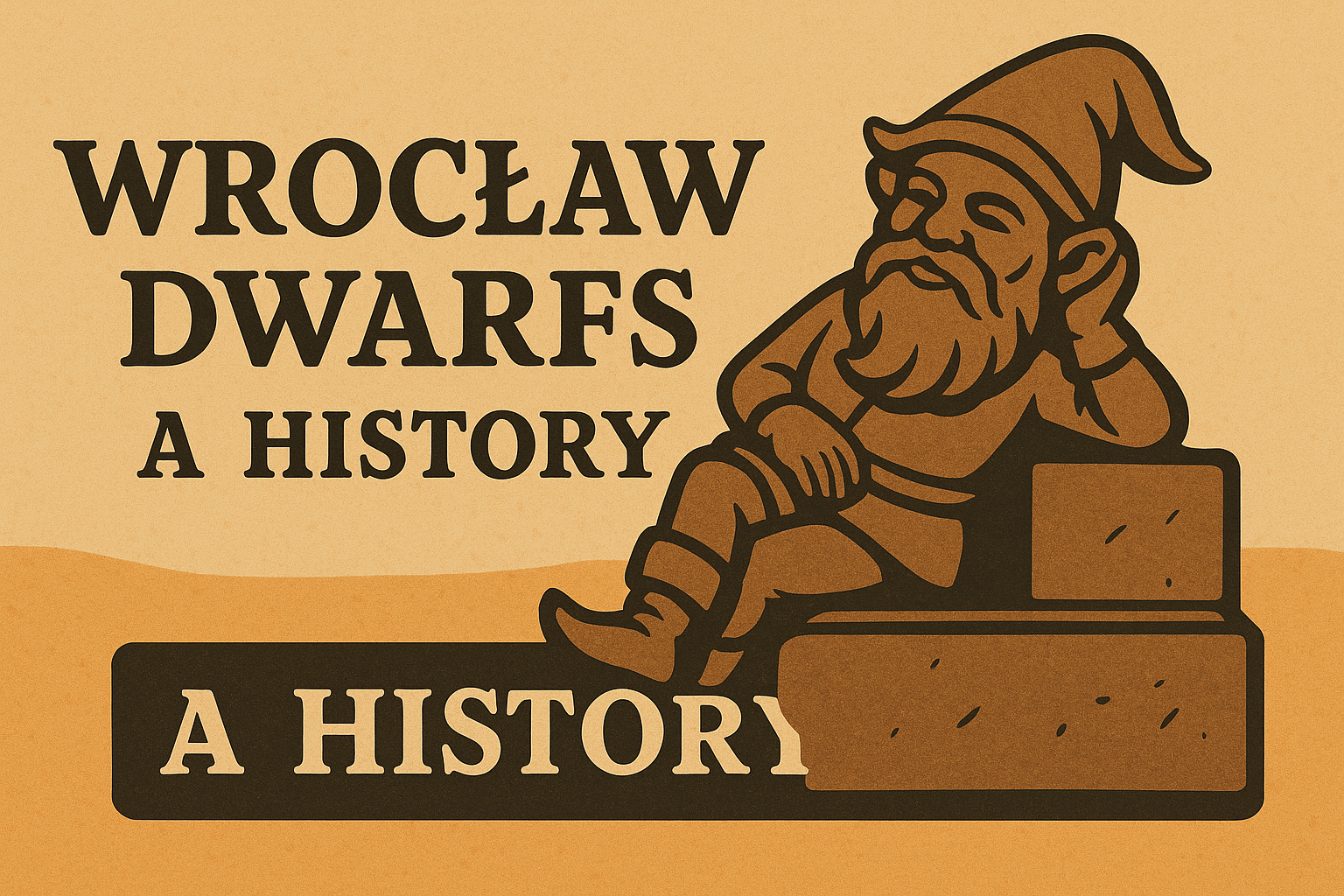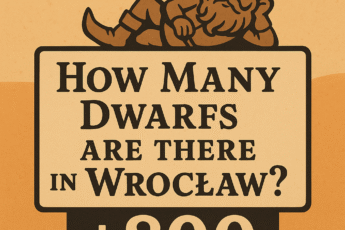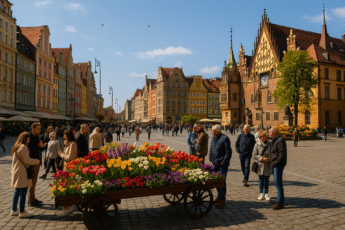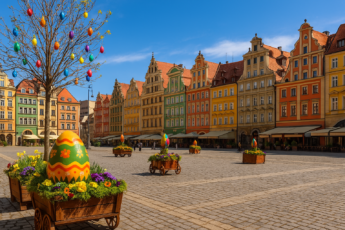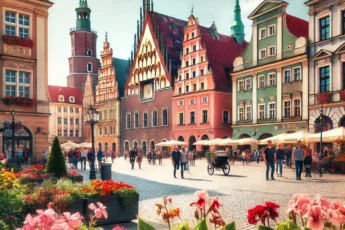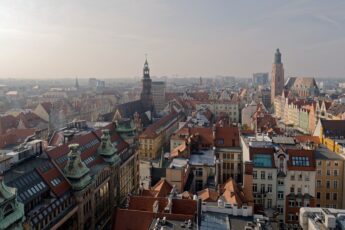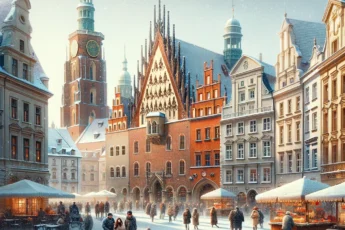The history of the Wrocław dwarfs, known locally as krasnale, is rooted in the Orange Alternative, a Polish anti-communist movement that thrived in Wrocław during the 1980s. This movement, which was characterized by pranks and surreal humor, used small dwarf figures as a symbolic representation of their resistance against the communist regime.
Here’s a more detailed look at the history:
Orange Alternative:
The Orange Alternative was a student-led movement that emerged in Wrocław in the 1980s. Its members used pranks and artistic expressions, including defacing communist propaganda with surrealist-inspired street art featuring dwarfs, to mock the regime.
Dwarf Symbolism:
The dwarfs were chosen as a symbol because they were a nonsensical, playful figure that could be used to undermine the seriousness of the communist regime. They represented a form of subversive humor and resistance against the government’s censorship and control.
From Pranks to Statues:
In 2001, the city of Wrocław installed the first bronze dwarf statue on Świdnicka Street, commemorating the Orange Alternative and its symbolic use of dwarfs. This statue was later followed by many more, with artists creating a diverse range of dwarf figures that have become a prominent feature of the city.
Ongoing Tradition:
The tradition of installing dwarfs continues today, with Wrocław boasting over 300 bronze dwarf statues scattered throughout the city. These statues have become a symbol of the city’s unique history and its defiance of the communist regime.
